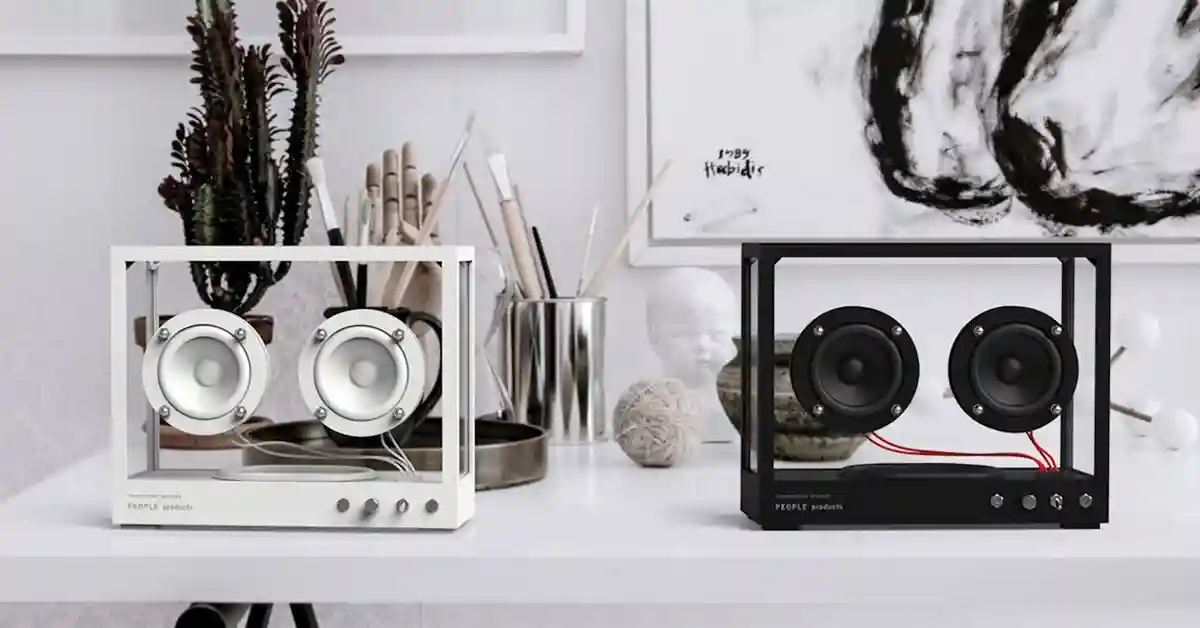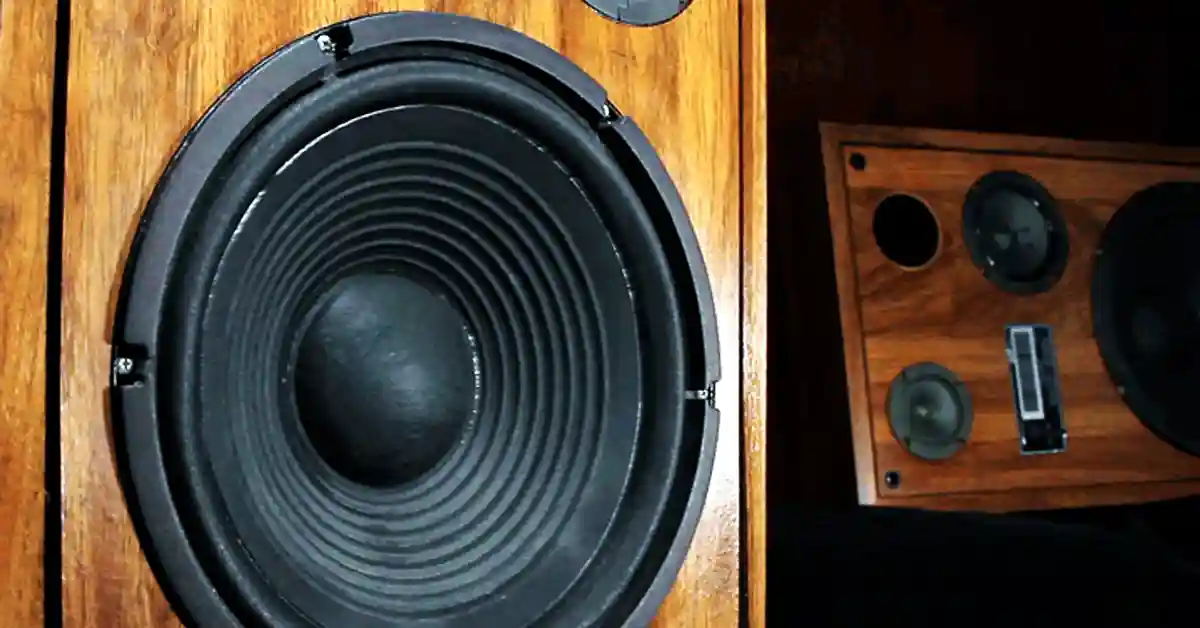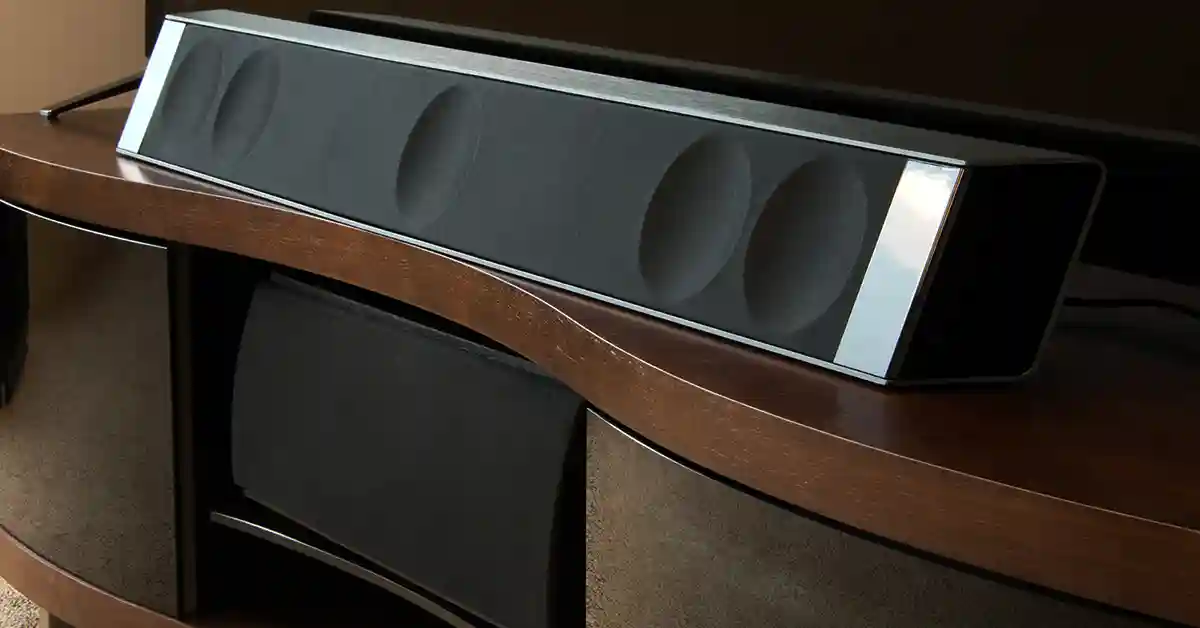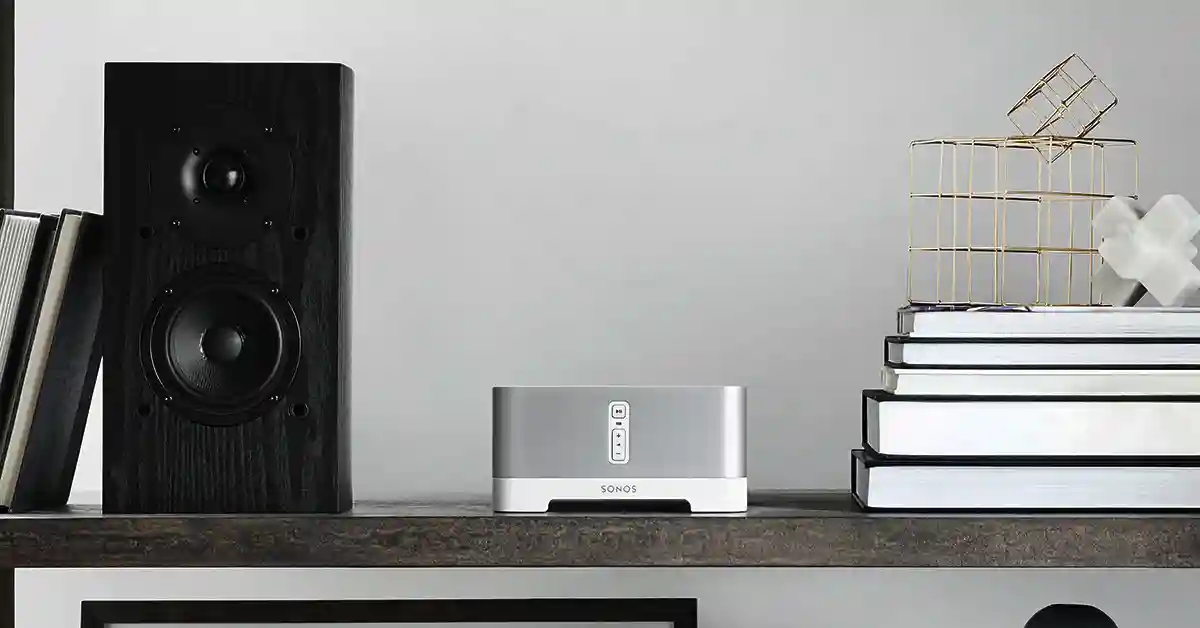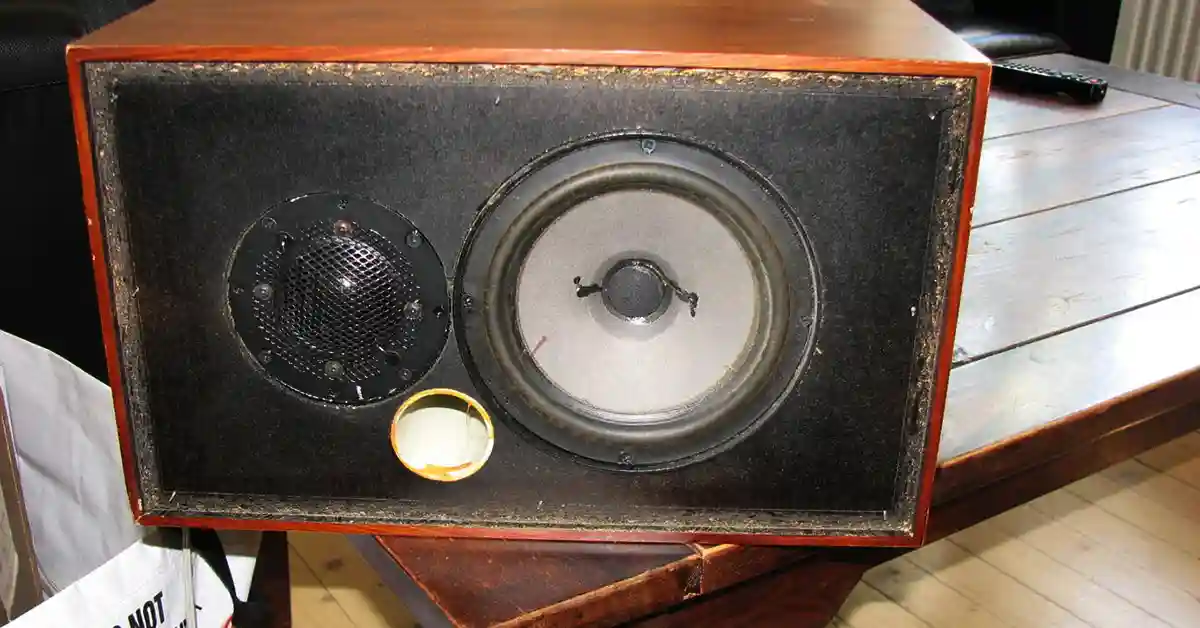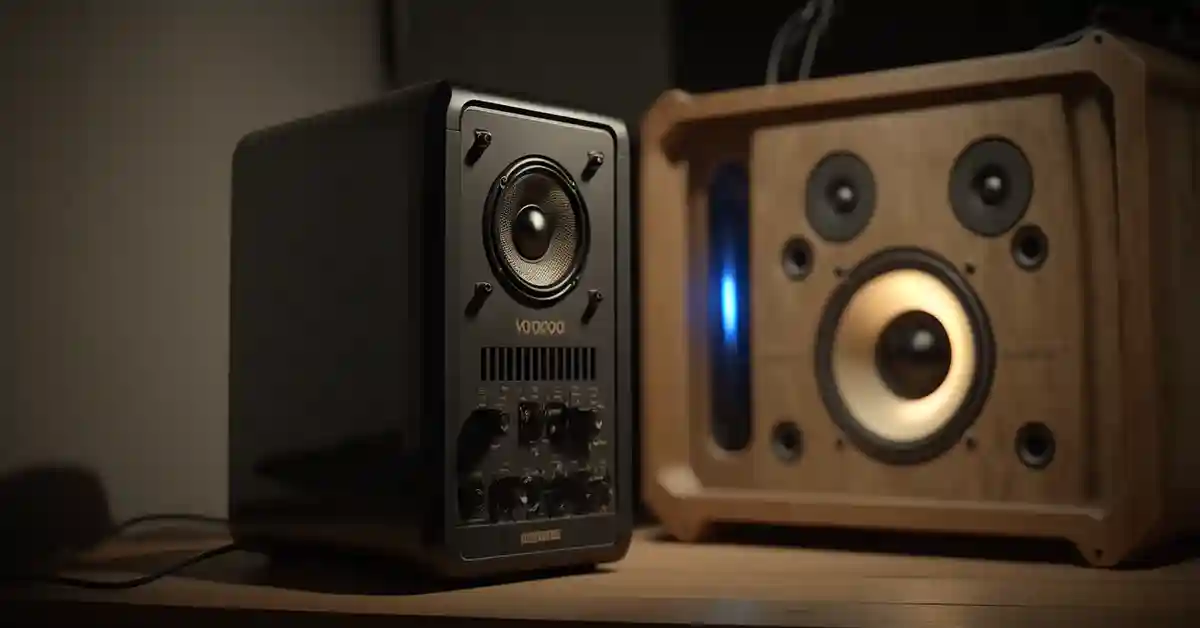How To Wire A 4 Channel Amp To 6 Speakers
If you've ever done any audio production, then you know how hard it can be to try and wire speakers to an amplifier. Now imagine you have a six-speaker stereo, and all you have is a four-channel amplifier to power it. This may seem daunting at first, especially if you have very little time or money.
Fortunately, there's a solution to all of this. And by the end of this article, you will know the different methods to wire a four-channel amp to six speakers.
You'll also learn about the pros and cons of each technique.
What Is A 4 Channel Amp?
An amplifier comes with four different output channels. A channel is the powered signal that an amp sends to a speaker.
A four-channel amp is a stereo amplifier with two more channels designed to improve or amplify weak input signals. One of the biggest advantages of a four-channel amp is that it can be used as a versatile audio component. You can wire it in several different ways allowing you to improve the sound quality of your system.
Can You Wire 6 Speakers to A 4 Channel Amp?
The simple answer is yes. A four-channel amp can power six speakers. However, there are several disadvantages and advantages of wiring your speakers this way which we'll discuss later in the article.
What You Will Need to Connect 6 Speakers To 4 Channel Amp
Here is a list of things you will need to connect six speakers to a four-channel amplifier:
- A digital test meter for voltage measurement
- Electrical tape
- Quality speaker wire
- Two RCA adapter cables
- Zip ties
- An electrical tape
- Crimp tool
- A fuse and a fuse holder (for a problem-free electrical connection)
How To Wire 6 Speakers To A 4 Channel Amp
Connecting a four-channel amp to six speakers increases the load on the amp. Thankfully there are a few solutions to this problem. There are two ways you can wire a four-channel amp to 6 speakers, and they're wiring in series and wiring in parallel. As we've briefly touched on in the earlier section, both methods have their advantages and disadvantages.
Here's how you run six speakers on a four-channel amp using the tools in the previous section:
Parallel Connection
Connecting six speakers to a four-channel amp using a parallel connection is the easiest way to do this. This is why most people prefer using this technique. However, this method requires you to use different wires to connect each speaker to the amp, which means no two speakers will share the same wire.
If you need help, make sure to check out this article on how to wire your speakers.
Step 1: The first thing you'll need to do to make this parallel connection is to connect the negative wire from the first speaker to the negative terminal of the first channel of your amp.
Step 2: Connect the second speaker's negative wire to the first channel's negative terminal.
Step 3: Connect the positive wire for the first speaker to the positive terminal of the first channel.
Step 4: Then connect the positive wire of the second speaker to the positive terminal of the first channel of the amplifier. Keep in mind that you're now working with the first channel.
Step 5: Repeat the steps above to wire the two speakers for the second channel. To do this, you'll need to connect the negative wires of the third and fourth speakers to the negative terminal of the second channel.
Step 6: Connect the positive wires of the third and fourth speakers to the positive terminal of the second channel.
Step 7: You then need to connect the negative wire of your fifth speaker to the negative terminal on the third channel and the positive wire on the fourth speaker to the positive terminal of the third channel. This way, only one speaker is connected to the third channel.
Step 8: Connect the negative wire on the sixth and final speaker to the negative terminal on the fourth channel. Then connect the positive wire of the sixth speaker to the positive terminal of the fourth channel. This way, only one speaker is connected to the fourth channel.
Advantages Of Connecting 6 Speakers To A 4 Channel Amp Using A Parallel Connection
- A parallel connection is quick and easy.
- Wiring 6 speakers to a four-channel amp using a parallel connection produces high-quality sound.
Disadvantages Of Connecting 6 Speakers To A 4 Channel Amp Using Parallel Connection
This method will reduce the impedance of the speaker load. This means that the speaker will draw excessive power from the amplifier and may result in overheating. This usually happens when running the system at maximum volume.
If you're interested and how it works, you can learn more by checking out this video.
A Series Connection
This is the safest of wiring six speakers to a four-channel stereo. You'll need to use wires to connect one speaker to the next one. Remember to follow a linear pattern when doing so. A wire is then extended from one end of the amplifier, connected to the first speaker, and then the next.
The last speaker is connected to the other end of the amp. You do this by connecting two speakers in series on a single channel. This means that four of the six speakers will be connected on two of the four channels.
The remaining two speakers will be connected to the other two channels individually.
Step 1: You'll need to start by connecting the negative wire of the first speaker into the negative terminal of the first channel of the amplifier.
Step 2: Connect the first speaker's positive wire to the second speaker's negative terminal.
Step 3: You'll then need to connect the positive wire from the second speaker to the positive terminal of the first channel.
Step 4: Connect the negative terminal of the third speaker to the negative terminal of the second channel of your amp.
Step 5: Connect the third speaker's positive terminal to the fourth speaker's negative terminal to make a series connection.
Step 6: You then need to connect the positive terminal on the fourth speaker to the positive terminal on the second channel of the amplifier.
Step 7: Once you're done, you need to connect the negative terminal on your fifth speaker to the negative terminal on the third channel of the amplifier.
Step 8: Connect the third channel's positive wire to the fifth speaker's positive terminal.
Step 9: Remember that you still need to connect a speaker to the fourth terminal. To connect the sixth speaker to the fourth channel of the amp, follow the instructions above.
Advantages Of Connecting 6 Speakers To A 4 Channel Amp Using A Series Connection
- There are no additional costs involved when using a series connection.
- By connecting your speakers in series, you avoid increasing the impedance load on the terminal.
- Using a series connection is safer and more secure.
Disadvantages Of Connecting 6 Speakers To A 4 Channel Amp Using A Series Connection
- Using a series connection means that your speakers aren't free. Since they're all interconnected, if one fails, then they'll all stop producing any audio.
- The sound quality produced by connecting speakers using this method is low.
Conclusion: Wiring A 4 Channel Amp
Up to this point, we've looked at how to wire six speakers to a four-channel amp. Including all the different methods (series and parallel) you can use and the tools you'll need to do it yourself.
We've looked in great detail at the steps you'll need to follow to run six speakers on a four-channel amp using either a series or parallel connection.
Now you have a clearer understanding of how this process works and how you can do it yourself. Feel free to choose the method that works best for you and your situation. Once you're done, sit back, relax, and enjoy your music.
Related Articles

